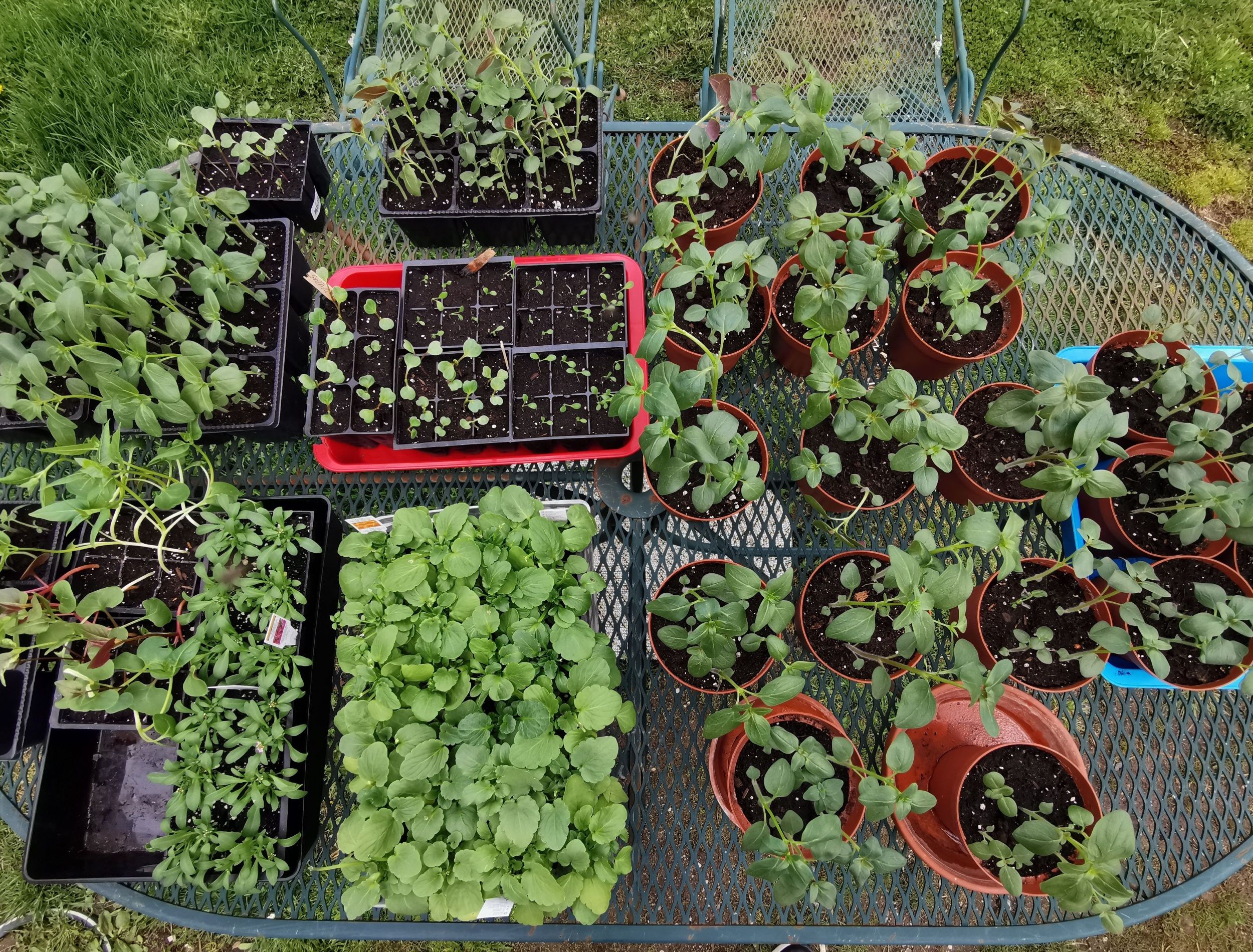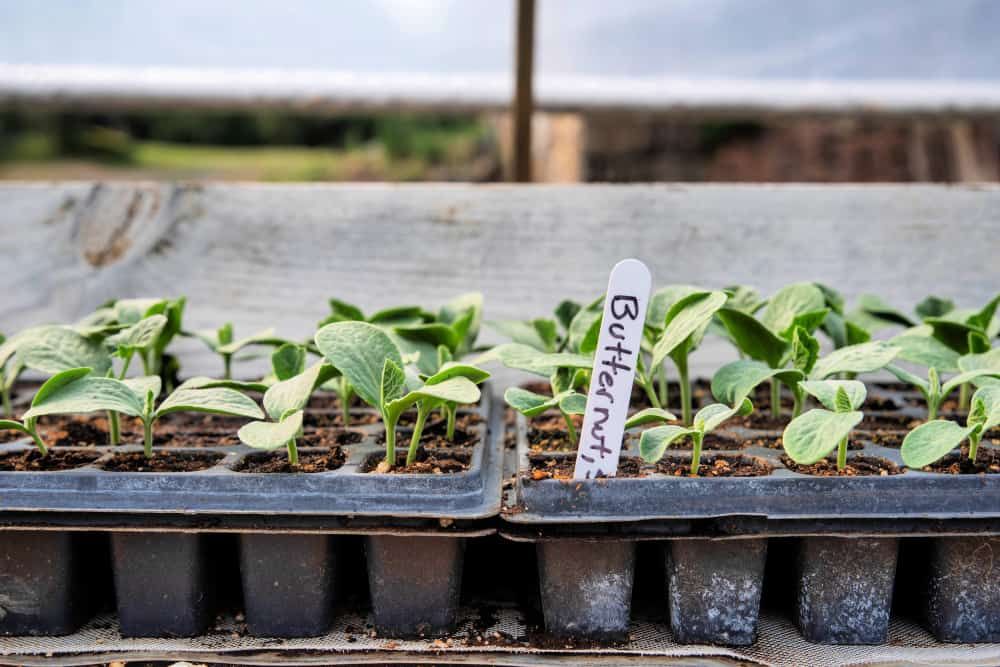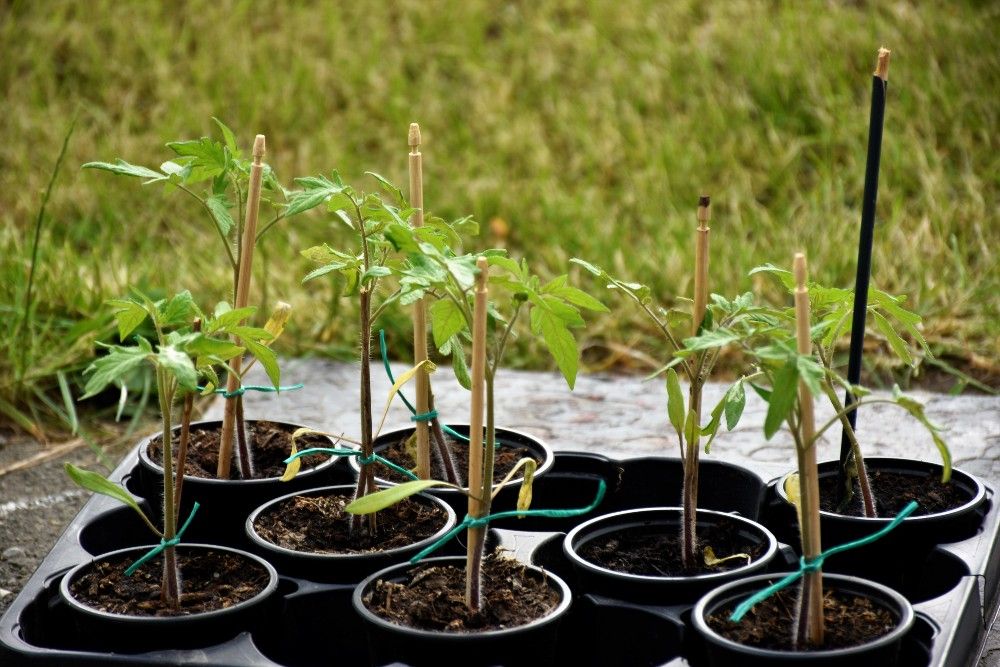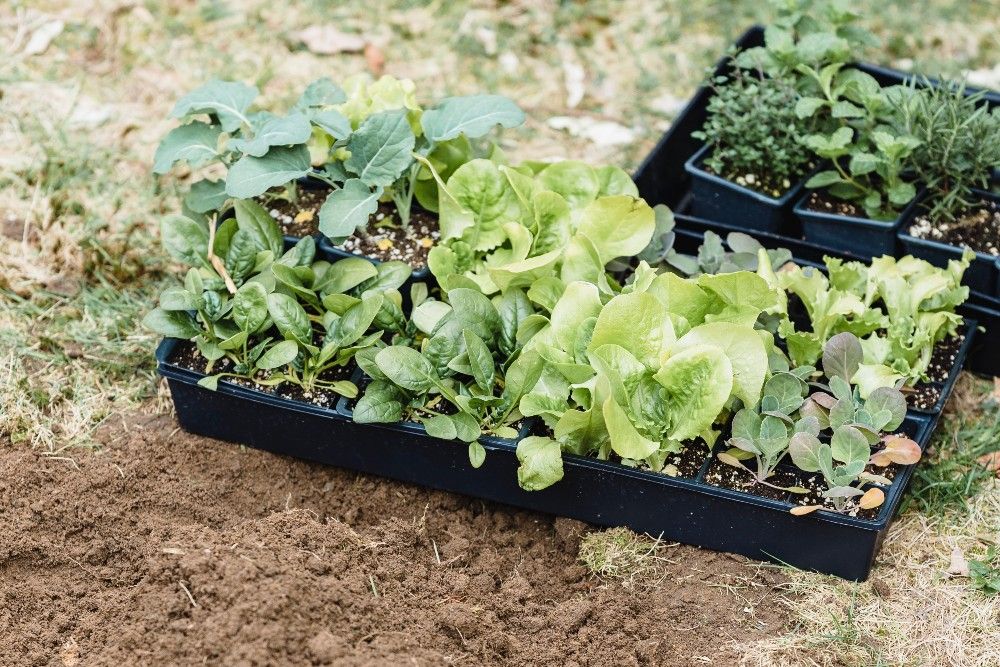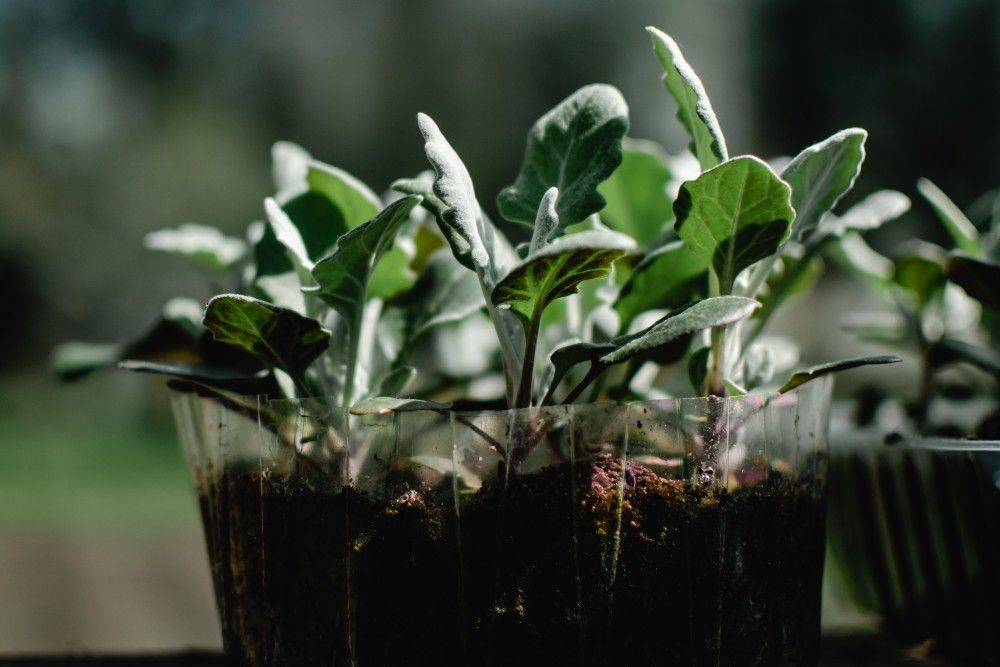Spring is on the horizon and that means it's time to start thinking about when you should harden off your plants. Whether you like to start your seedlings indoors under a grow light, or purchase transplants from your local garden center; hardening off is a crucial step for all gardeners.
This technique is a fool-proof way to adjust your plants to the changing weather outside and keep them thriving all season long. In this guide, discover why and when you should harden off your plants for a successful gardening season.
What Is Hardening Off
Image credits: Mary Salen via Shutterstock
Hardening off is the process of slowly exposing plants that have been growing indoors to the outside environment. This process is typically done over the course of seven to 14 days. During this time, gardeners will bring their plants outdoors for a few hours, slowly increasing the amount of time each day.
On the first day, start the process by bringing your plants outdoors for one to two hours. Each day increase the amount of time by at least one hour. You can harden off plants in as little as three days, however, 14 days is the recommended time frame.
By transitioning your plants outdoors gradually, you allow the plants to become accustomed to the many elements. This includes wind, sunlight, and temperature. The end goal is to be able to leave your plants outside permanently and transition them into your garden.
Why Is It Important to Harden Off Plants
Image credits: Dariusz Sbirenda via Pexels
Greenhouse transplants and seedlings that are growing indoors are very fragile. These plants have been growing in a controlled environment for many weeks. Because of this, they need adequate time to adjust to the weather outdoors. Weather can be unpredictable at times, so with time and patience, this process gives your plants a chance to grow even stronger.
Other plants that you'll need to harden off include plants that have been overwintered indoors and houseplants that you want to transition to your patio or garden space. Often gardeners will bring their plants inside to keep them growing throughout the colder months. These plants will need to become accustomed to the outdoor environment again, so don't forget to harden them off as well.
When you harden off your plants over time, you are more likely to have better success in the long run. On top of this, you significantly decrease the risk of shocking the plant or having it die altogether. Other common problems include scorched leaves, stunted growth, frost damage, wilting, or breakage. So, hardening off is not a step you want to miss.
When to Harden Off Plants and Seedlings
Image credits: Greta Hoffman via Pexels
The correct time to harden off your plants is in the early spring -- around two weeks before the last frost date. This will vary depending on which growing zone you are in, so do your research before you start.
There are many maps and tools available online to determine the average frost date depending on your hardiness zone. But keep in mind that these dates are an estimate, and it can change from year to year. Leading into spring, pay attention to the weather in your area to be certain. In particular, the weather at night should be milder. It's best to begin the process when temperatures are above 40 degrees Fahrenheit.
Also, inspect your plants so you know they are ready to go outdoors. Seedlings and transplants should have at least three to four true leaves before you decide to begin the process of hardening off.
The Best Time for Hardening Off Plants
Image credits: Eva Bronzini via Pexels
The ideal time to start hardening off plants is in the early morning or late afternoon. Select a time of day when you plan to stay home for a few hours. This way, you are able to keep a close eye on your plants during the hardening off process. A general rule of thumb is to avoid the hours of 11 am to 3 pm when the sun is at its hottest. Too much sunlight and extreme heat can cause significant damage to young plants.
The best type of weather for hardening off your plants is on a cloudy or overcast day. If possible, try to choose a time of day when there is no rain expected and very little wind. Place the plants in a location that receives filtered sunlight and some shelter from the elements. Avoid placing the plants in direct sunlight for the first few days.
Pro Tip: Once you have completed the process of hardening off your plants, make sure to transplant them into the garden or a container right away. This prevents stunted growth and root-bound plants.
Get Your Garden Ready in Time for Spring!
Now that you know when to harden off your plants and why it's so important, it's time to get planting! By slowly introducing your plants to the great outdoors over time, you'll be sure to keep them growing happy and healthy.
When are you planning to harden off your plants this spring? Leave a comment down below and share your experience.

